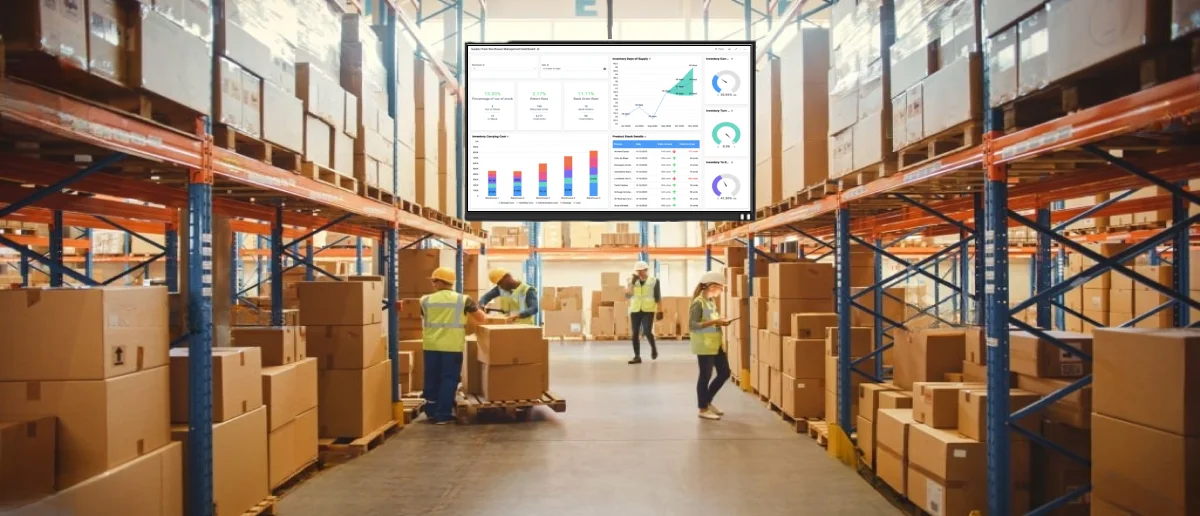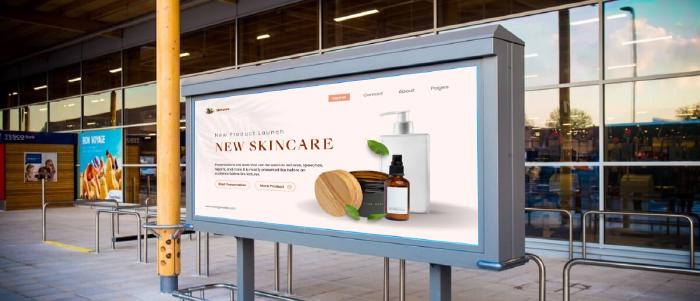
May 19 2023
5 min read


Apr
Real-time digital signage data is essential to streamline Just-in-Time (JIT) manufacturing processes. Collection and analysis of real-time data can help manufacturers identify opportunities for improvement, reduce wastage and give an edge to efficiency.
In other words, manufacturers can integrate the signage software within existing IoT systems. Further digital signage analytics can be utilized to evaluate and improve the long-term productivity metrics of your manufacturing plants.
JIT manufacturing is a method wherein goods are made only when they are needed, in the quantities required, and at the highest level of quality. In a traditional manufacturing system, materials and parts are often ordered and produced a long time in advance to ensure that there might be enough to meet the demand surges when they take place.
However, this can lead to excess inventory, increased storage costs, and the risk of wastage of goods with a limited shelf-life.
In this case, real-time digital signage data plays a critical role by allowing manufacturers to collect and analyze updates and demand metrics from the production process and produce accordingly.
This data can also be used to identify production bottlenecks and make inventory adjustments. JIT manufacturing and signage technology aim to eliminate this and proportionately reduce production costs while bringing greater efficiency to the system.
Did You Know: With Pickcel, you can bring the information from any of your business software systems and show live dashboards on your digital signage screens? Click here to learn more.
Here are the five crucial breakthroughs in utilizing digital signage data in JIT manufacturing:

Signage software helps collect live data from each step of the production process. Feeding this onto digital screens helps workers stay updated on information, such as how each machine on the production line performs, cycle times, downtime, and speed.
By assessing if a machine is underperforming or requires maintenance, manufacturers can address the issue before it causes downtime or delays in production.
Similarly, you can also identify when supplies are running low by monitoring the number of raw materials, work-in-progress (WIP) goods, and finished products.
Consumer preference patterns can also be analyzed via real-time metrics such as real-time demand can help access production to avoid over or underproduction of goods.
For example, a car manufacturer could collect data on how long each machine on the assembly line takes to complete its task and how many cars are being produced per hour and share it with the team via various digital displays installed at the manufacturing plant. This helps information dissemination faster and brings forth production efficiency.
Error reporting is another crucial use case for real-time digital signage data in JIT manufacturing. Digital signage can be used to display error reports, alert teams to potential issues, and help them quickly address problems before any downtime or delays in production arise.
Suppose a production line is running low on a specific material. In that case, the concerned team can instantly update it on digital signage and alert the team responsible for inventory management. It can help them quickly restock the necessary materials and avoid production delays.
Similarly, digital signage can be used to alert the maintenance team in case of malfunctions.
JIT manufacturers can use digital signage to display instructional videos demonstrating best practices for specific tasks, such as operating machinery or assembling products.
These training materials can be presented on digital displays as bite-sized microlearning content and further made available through interactive quizzes, games, and on-demand content.
It can help new employees learn quickly and accurately, reducing the time and cost of traditional training methods.
Signage technology can also be used to display safety guidelines and standard protocols in emergencies.
It can also be used to display training guidelines and other crucial resources in multiple languages and use haptic touch displays to make digital signage accessible to everyone involved in the manufacturing process.
Digital signage displays can show metrics such as units produced per hour, cycle time, or overall equipment effectiveness (OEE) of the manufacturing process. It is crucial for automobile producers since it helps them replace equipment faster.
Besides, signage technology can display inventory levels in real time, giving the correct estimate for how much needs to be produced to meet the shortfall.
These metrics can help teams monitor production efficiency and make adjustments to improve the process’s overall performance.
Digital signage can display real-time quality control data, such as one-one product quality and compliance updates. For example, displays can show metrics such as defect rates, reject rates, or compliance rates that are essential to determine how much to produce further.
Let’s consider a food manufacturer specializing in making fresh, ready-to-eat salads for grocery stores. These use real-time signage displays to show the temperature and humidity levels in the production facility, as well as product quality data such as pH levels or microbiological tests.
This can help the team initiate quick action if any deviations from the set standards are observed and can control inventory wastage to a great extent.
Using digital signage metrics can help optimize the production process and maximize available resources. However, it is essential to consider factors such as the size and scale of your operations before going in for a technological facelift. If an industry has already automated the production process partially or entirely, incorporating real-time digital signage metrics can prove to be cutting-edge and boost productivity.
Take complete control of what you show on your digital signage & how you show it.
Take complete control of what you show on your digital signage & how you show it.
Start Free Trial Schedule My Demo
May 19 2023
5 min read

May 16 2023
8 min read

May 12 2023
9 min read

Apr 28 2023
14 min read